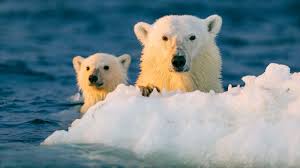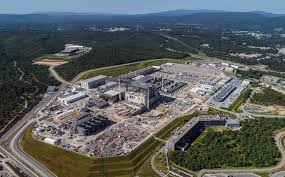
The Scientists have predicted for the first time when, where and how polar bears are likely to disappear and warning that if greenhouse gas emissions stay on their current trajectory all but a few polar bear populations in the Arctic will probably disappeared by 2100.
Daily Current Affairs Quiz 2020
Key-Points
By as early as 2040, it is very likely that many polar bears will begin to experience reproductive failure, leading to local extinctions, according to a study published in Nature Climate Change.
The study examined 13 of the world’s 19 polar bear subpopulations, accounting for 80% of the total population of the species.
Bears inhabiting an area known as the Archipelago ecoregion in the Canadian Arctic were not included as the geography of the area – islands and narrow channels – made it too difficult to predict future ice extent.
In early June, this column reported that over 500 species of invertebrate animals are on the brink of extinction. Each of these species have less than 1,000 individuals left in the wild, and there’s a 94% chance that they will go extinct in 20 years.
The scientists predicting this had also noted that 400 invertebrate species had already gone extinct in the past 100 years.
This was the direct result of human intervention in the environment, in the form of degradation, pollution and climate change. Extinctions that would take about 10,000 years in normal evolutionary time frames are now occurring every century.





